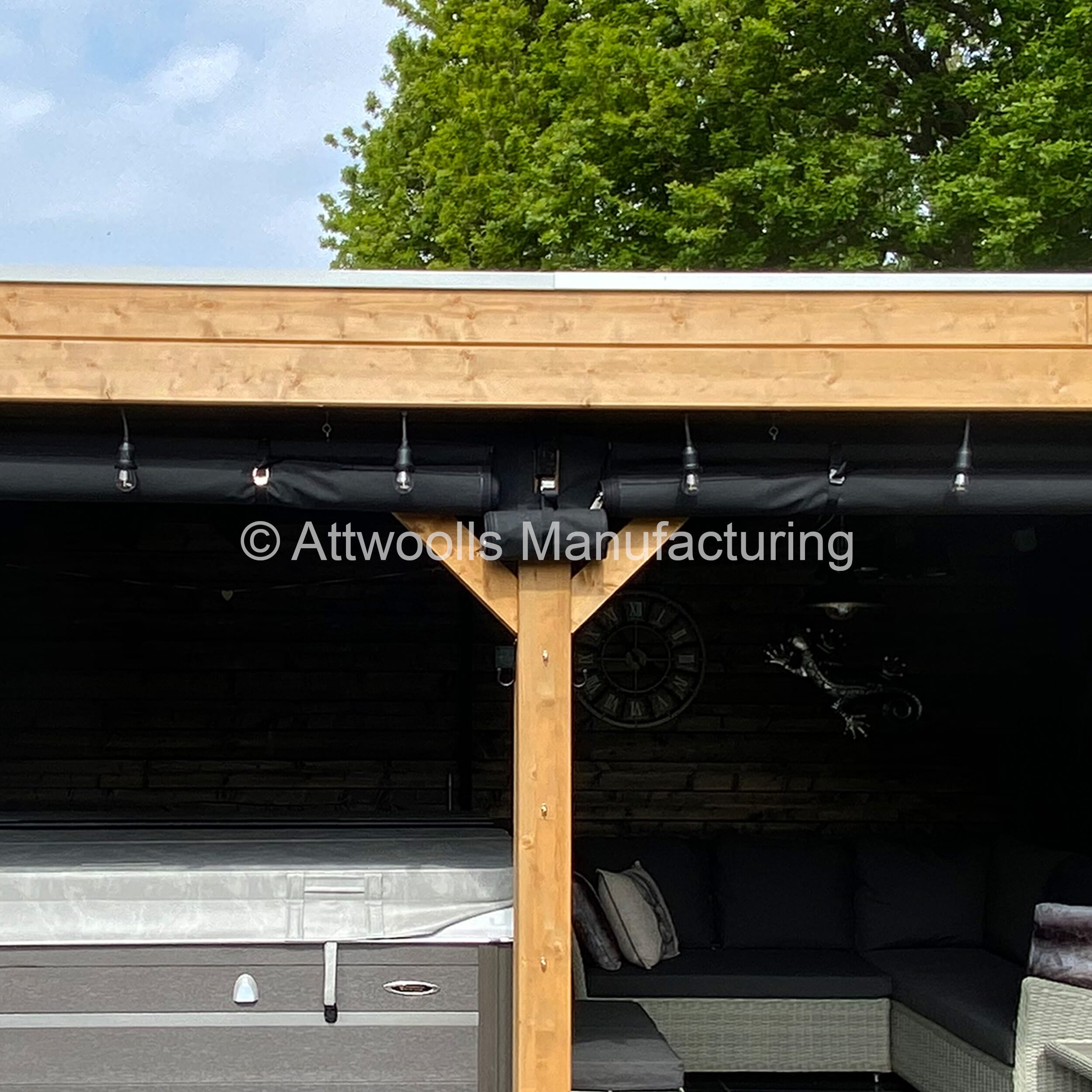The first step in choosing the right cover is knowing the types available:
Each type of tarpaulin has strengths and limitations. The right choice depends on how long you need it to last, the level of weather resistance required, and whether weight or breathability is a concern.
GSM Explained: Why It Matters
One of the key factors when comparing tarps is the GSM rating, which stands for grams per square metre. This figure indicates the fabric’s weight and density.
While a higher GSM often means stronger material, it’s important to match the rating to the job. A large tarpaulin for covering a truck load may require a 610 GSM PVC option, while a smaller garden project might only need a lighter sheet.
Common Use Cases for Heavy Duty Tarpaulins
A heavy duty tarpaulin sheet is a flexible solution across multiple industries and projects. Some typical applications include:
The key is to select a large tarpaulin or multiple sheets sized appropriately for the space, ensuring that fixings such as fasteners and accessories provide a secure hold.
Maintenance Tips to Extend Lifespan
A high-quality tarpaulin is an investment, and with the right care it can serve you for years. Here are some practical maintenance tips:
Following these steps will help maximise the performance of any PVC tarpaulin or canvas sheet, saving money over the long term.
Choosing the Right Supplier
Finally, no matter how carefully you choose specifications, the quality of manufacture matters. Look for a supplier who offers:
When comparing prices, remember that durability, UV resistance, and waterproofing often justify a higher upfront cost.
Final Thoughts
Whether you’re a tradesperson covering materials on site, an events organiser preparing for unpredictable weather, or a DIY enthusiast protecting your next project, a heavy duty tarpaulin is a practical and reliable solution. By understanding the types available, paying attention to GSM ratings, and caring for your sheet properly, you’ll ensure the best protection for your needs.
For more information, explore our full range of Heavy Duty Tarpaulins and discover the right option for your project.



